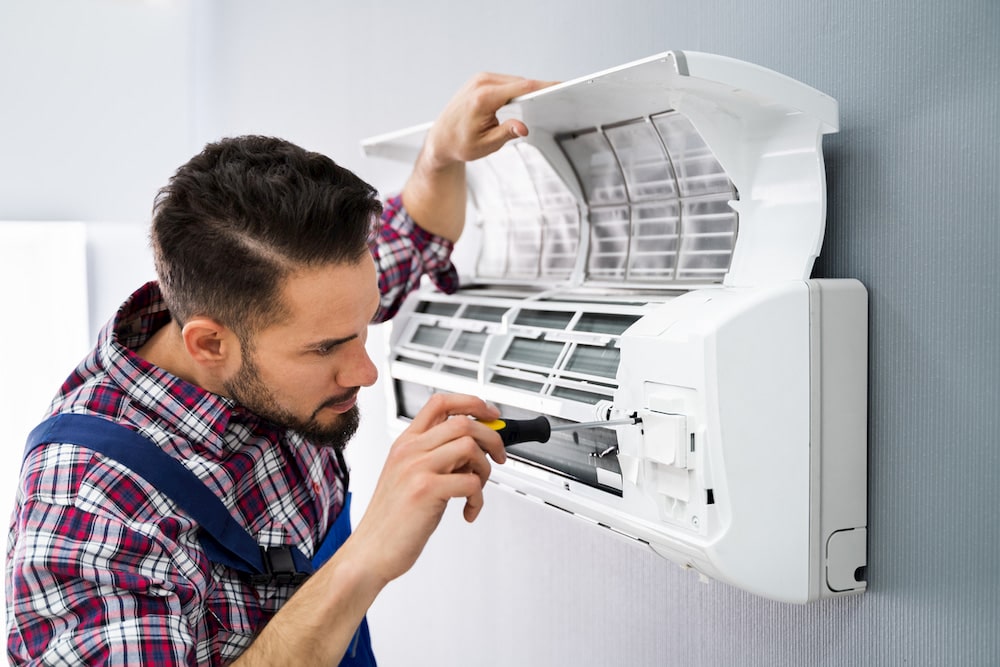The Bureau of Meteorology’s Climate Outlook might be forecasting a less intense heat than last summer’s scorcher, but Canberrans are being advised to start preparing their homes now to avoid “bill shock” and beat the heat this summer.
According to Mitsubishi Electric Australia national product manager, Atesh Mani, despite predictions of a cooler than average climate in some states, Australians should still anticipate toasty temperatures indoors.
“While the average temperature may be cooler outdoors, we can still expect peak days and weeks of significant heat. Also, let’s not forget humidity,” Atesh said.
“Remember that some homes are naturally warmer than others, too; for example, north-facing homes will experience sunlight beaming in windows during peak sun periods, amplifying the heat indoors.
“On peak days, we may find ourselves blasting the air conditioning full force, without considering all of the measures that we can be taking to stay cool efficiently.”
To help Australians prepare their ‘cool’ home for summer, Mitsubishi Electric Australia has provided the following 10 step checklist:
- Look at what direction your home faces. If you have a north-facing home with sunlight streaming through at peak times, you may want to invest in blackout blinds for the rooms that take most of the impact. This is particularly important for the bedrooms as they’ll toast up throughout the day. South-facing homes are perfect for when there is a cool breeze. Open windows slightly and let it breeze through your home.
- Is your air conditioner clean? Regular maintenance will improve the performance of your air con. Many, particularly those who are renting, may not be aware that you have to clean the system, but it really makes the difference. To ensure your system is operating with maximum efficiency, clean your unit as instructed by the manufacturer and have it serviced regularly. As a general rule of thumb, the more a fan runs and the dirtier the conditions, the more often the filters require cleaning. However, humidity can also play a role because the more moisture in the air, the more dust can adhere to the filter, fan blade and indoor coil.
- Do you have an option for outdoor cooking? It is no surprise that the oven really heats the home. Given that many of us have taken up a new passion for cooking during isolation, now is the time to get outdoors and test these skills on the barbie instead. An excellent opportunity to add a bit of fun to any mealtime in summer.
- Thinking about air con? Have you considered where to locate it in the room? If you’re thinking about adding air conditioning, consider its location. Air conditioners work most efficiently when in closed spaces, so it’s best to position your device far away from the front door and away from windows where sunlight regularly enters. This positioning will ensure that the cool air continues to circulate throughout the house without uncontrolled amounts of heat entering.
- Do you have Wi-Fi control? Leaving electronics on all day can heat the home. Now might be the time to consider smart home options that you can control from your phone. Modern air conditioners now have an option for Wi-Fi control, meaning that you can turn the system on five minutes before arriving home rather than leaving on all day.
- Do you have alternative fabrics and a space to store your winter options? Choosing a selection of cooler colours and textures for your home can make your place feel calmer and cooler. Think light blues and greys. The same goes for materials. Change your doona and sheets to lighter cotton. If you have floor rugs, perhaps change to a thinner, shorter pile than something fluffy. Make sure you can store an alternate for the chilly season, too.
- What rooms do you need to cool? A rule of thumb is only to cool the rooms you use. Ensuring you have the appropriate home cooling system type is a vital step in minimising energy wastage this summer season. Low-cost and easy to install wall-mounted split systems are a fantastic option for cooling commonly used spaces, such as the living room or bedroom, rather than paying to cool the whole home.
- Think about greenery. If you’ve moved into a new home this year, you may not have experienced the summer heat in all its glory. Take a look around to see if the outside of your garden provides ample shading. This is particularly important if you don’t have double bricks to block out that heat. Angle broadleaf trees or plants so that they cover the sun stream during its peak time, which can vary for each property.
- Decide on a cool temperature and stick to it. With Australians concerned around the cost of energy increasing, it makes sense for us to take a few simple steps to keep those electricity bills as low as possible. Pay attention to your temperature settings. This can be a cause of many a family argument, so if you’re battling for control of the temperature gauge, remind your home companions that for every 1°C change in a thermostat setting, it’s estimated that our heating or cooling bill rises by around 10%.
- Check your air con star rating. Air conditioning has undergone a massive transformation over the past decade; however, many Australians may still be sitting with old models in their home. These older systems could be costing them more in energy consumption than they need to be paying. Newer systems are as much as 40% more efficient than systems from 12-18 years ago and offer better air quality, increased comfort and convenient features.
For more news:
Canberrans describe their 2020: the good, the bad and the brutal



